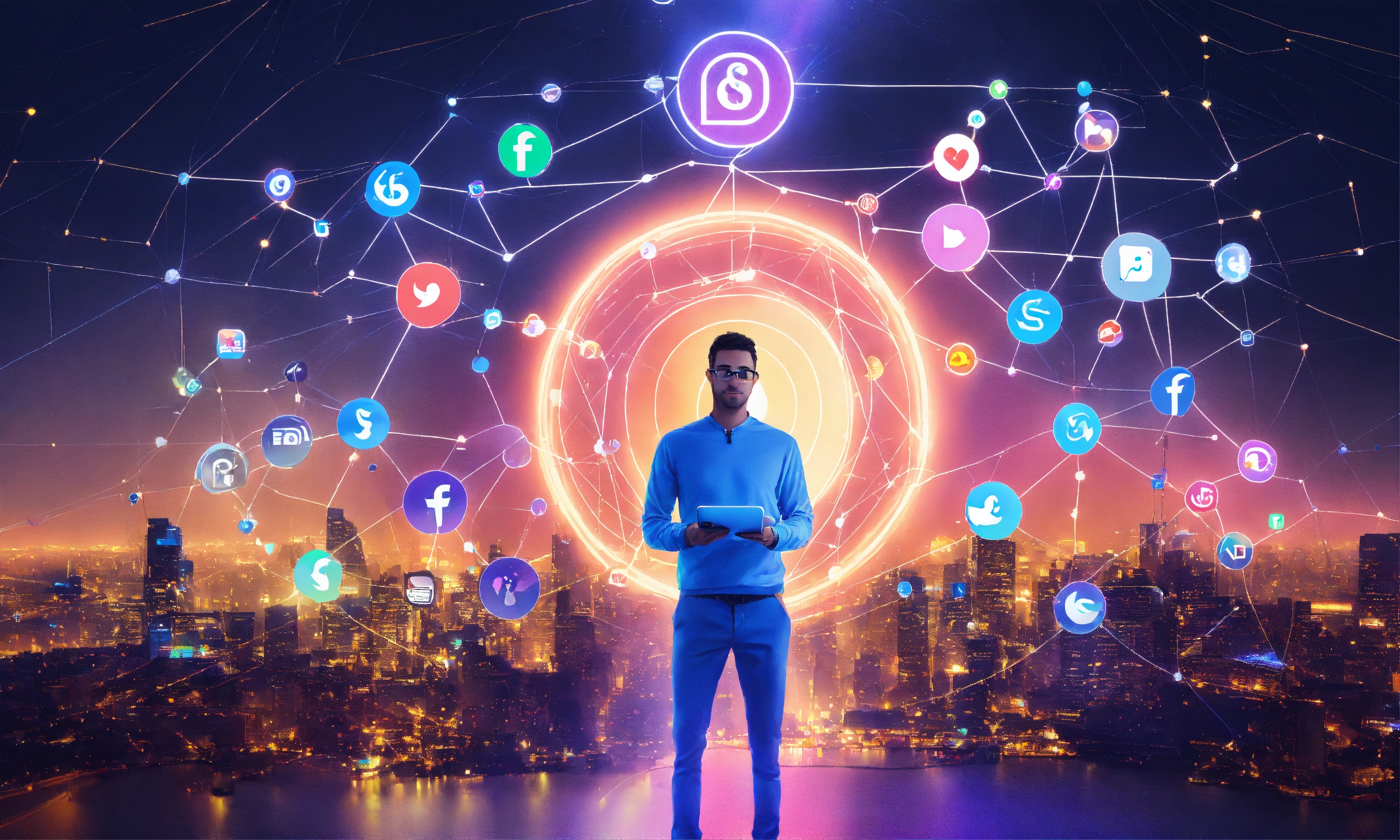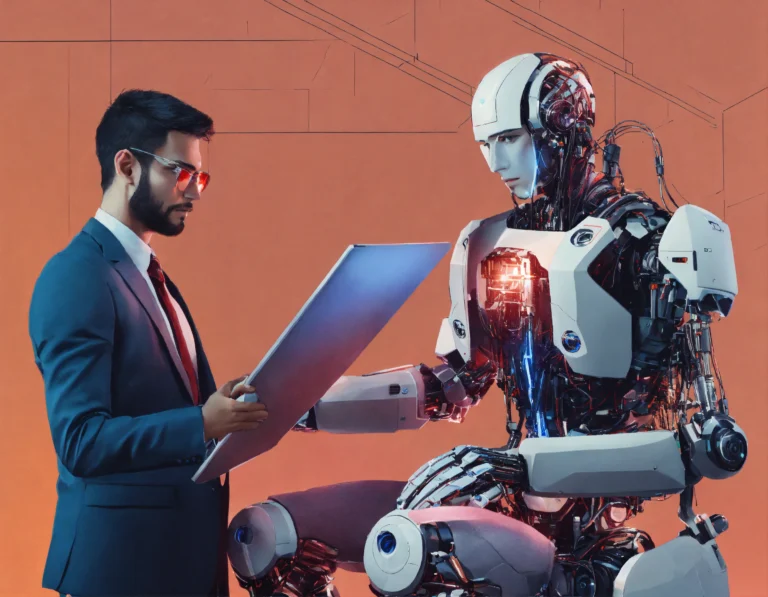Just imagine the transformative power of integrating IoT and AI to create systems that not only respond to your needs but also predict them proactively. As you investigate into this fascinating convergence, you’ll discover how these technologies work together to enhance efficiency, security, and connectivity, offering both exciting opportunities and significant challenges. Understanding this synergy can empower you to leverage these intelligent systems in your personal and professional life, ultimately driving innovation and improving the world around you.
Understanding IoT and AI
To truly grasp the convergence of IoT and AI, it is vital to understand the individual components that comprise these technologies. Both play a significant role in developing intelligent systems that enhance various aspects of our daily lives.
Definition of IoT
On a basic level, the Internet of Things (IoT) refers to the network of interconnected devices that communicate and exchange data over the internet. These devices can range from everyday appliances to sophisticated industrial machines, allowing you to monitor, control, and automate your environment seamlessly.
Definition of AI
On a fundamental level, Artificial Intelligence (AI) is the simulation of human intelligence processes by machines, particularly computer systems. It encompasses learning, reasoning, and self-correction, enabling systems to perform tasks that typically require human intellect.
This capability allows AI to analyze vast amounts of data, recognize patterns, and make decisions that can improve efficiency, reduce errors, and enhance user experiences. As you incorporate AI into various applications, you witness its potential to revolutionize industries and streamline processes in ways that were previously unimaginable.
The Relationship Between IoT and AI
For you to understand the synergy between IoT and AI, it’s vital to recognize that they complement each other. IoT devices gather a substantial amount of data, which AI algorithms can then analyze to generate insights and inform decisions.
Definition: This interconnection creates a feedback loop where IoT continuously sends data to AI systems, which in turn optimizes operations, enhances predictive capabilities, and surfaces valuable insights. By leveraging both technologies, you can achieve a level of intelligence and automation in your processes that not only streamlines operations but also introduces new possibilities and innovative solutions.
The Benefits of Convergence
One of the most exciting aspects of the convergence of IoT and AI is the myriad benefits it offers across various sectors. This unified approach leads to enhanced data-driven insights, improved decision-making, increased operational efficiency, and real-time analytics, all of which contribute to smarter and more adaptable systems.
Enhanced Data Processing
On a fundamental level, enhanced data processing is a direct result of combining IoT and AI technologies. The extensive data collected by IoT devices is analyzed more efficiently using AI algorithms, providing you with immediate insights that drive innovation and enhance productivity in your operations.
Improved Decision-Making
Any organization can reap the rewards of improved decision-making through the union of IoT and AI. With AI’s ability to analyze vast datasets collected from IoT devices, you can identify patterns, forecast trends, and make informed decisions that significantly impact your business outcomes.
Benefits of this improved decision-making extend beyond immediate gains. As you incorporate advanced analytics, your strategies become proactive rather than reactive, allowing you to stay one step ahead of challenges. Timely insights lead to optimized resource allocation, enhanced customer experiences, and ultimately, a more competitive edge in your industry.
Increased Operational Efficiency
Convergence of IoT and AI results in increased operational efficiency that you can readily leverage. By automating mundane tasks and optimizing resource management through AI-driven insights, your operations can run smoothly and efficiently, reducing costs and enhancing productivity.
Processing all data generated by IoT devices through AI not only speeds up operations but also minimizes errors, allowing your workforce to focus on strategic initiatives rather than routine tasks. This synergy creates an agile environment where you can adapt to changes swiftly, enhancing overall business performance.
Real-time Analytics
On another front, the integration allows for real-time analytics that enable you to respond instantaneously to emerging conditions. By utilizing data as it is generated, AI analytics tools can provide you with insights that help inform operational adjustments on the fly.
This capability is particularly powerful in sectors like manufacturing and healthcare, where timely data can prevent costly downtime or improve patient outcomes. By harnessing real-time analytics, you can make strategic decisions that cater to immediate needs, thus driving efficiency and customer satisfaction.
Applications of Intelligent Systems
After exploring the synergy between IoT and AI, it’s vital to recognize the remarkable applications of intelligent systems across various sectors. These innovations enhance operational efficiency, improve quality of life, and drive forward productivity.
Smart Homes
The integration of intelligent systems into Smart Homes revolutionizes how you interact with your living environment. By utilizing IoT devices paired with AI, you can automate daily tasks, manage energy consumption, and enhance security—all tailored to your preferences.
Healthcare Innovations
Smart technology is reshaping healthcare by providing real-time data analysis and personalized care solutions. With intelligent systems, you can monitor health metrics remotely, ensuring timely intervention and better patient outcomes.
Healthcare advancements powered by intelligent systems offer significant benefits. By leveraging AI algorithms and IoT sensors, you can track vital signs and receive alerts for potential health issues. This proactive approach not only improves your health management but also reduces hospital visits, making healthcare more efficient and accessible.
Industrial Automation
With intelligent systems, industrial automation achieves unprecedented levels of efficiency and precision. These systems empower you to optimize production processes and reduce operational costs through data-driven insights.
Systems designed for industrial automation facilitate real-time monitoring and predictive maintenance, which significantly increases productivity. By implementing AI-driven analytics, you can foresee equipment failures before they happen, thus minimizing downtime and enhancing the overall performance of your production lines.
Transportation and Smart Cities
Innovations in transportation and smart cities leverage intelligent systems to transform urban living. You can experience improved traffic management, cleaner public transportation, and enhanced connectivity through integrated IoT solutions.
Cities embracing these intelligent systems focus on sustainable development and improved citizen engagement. By utilizing real-time data, city planners can optimize traffic flow and reduce congestion, leading to lower emissions and improved air quality. Furthermore, smart public transit solutions enhance the overall transportation experience, ensuring you reach your destination promptly and efficiently.
Challenges and Considerations
For anyone navigating the intersection of IoT and AI, it is imperative to understand the myriad of challenges and considerations that arise. These issues can impede progress and performance, potentially undermining the transformative potential these technologies hold for your organization.
Security Risks
With the proliferation of IoT devices, security risks have amplified significantly. Each connected device serves as a potential entry point for cyber attackers. Ensuring robust encryption and authentication mechanisms is paramount to safeguard your intelligent systems from unauthorized access and data breaches.
Data Privacy Concerns
Data privacy concerns encompass a broad array of issues relating to how your sensitive information is collected, stored, and utilized.
Considerations around data privacy are crucial as the convergence of IoT and AI often leads to vast amounts of personal data being generated. This raises questions about consent, transparency, and user control over personal information. Striking a balance between harnessing data for intelligence while respecting your privacy rights is an ongoing challenge that must be adequately addressed.
Integration Issues
Data integration issues can arise when attempting to marry different systems, platforms, and data formats.
Integration challenges may lead to incompatibility and inefficiencies, preventing you from fully realizing the potential of your IoT and AI technologies. Effective interoperability among devices and platforms is crucial to create a seamless experience, ensuring that your systems work harmoniously together to yield actionable insights.
Future Trends and Predictions
Predictions about the future point to an ever-growing reliance on intelligent systems that integrate IoT and AI.
Future trends indicate that you can expect enhanced predictive analytics capabilities, advanced machine learning models, and greater automation. As these technologies evolve, they will become more accessible, enabling companies of all sizes to leverage real-time data for smarter decision-making, ultimately reshaping industries and driving economic growth.
Final Words
Conclusively, the convergence of IoT and AI is setting the stage for a new era of intelligent systems that can profoundly enhance your daily life and business operations. By leveraging the strengths of both technologies, you can harness unparalleled insights, efficiency, and automation. As you adopt these innovations, you position yourself at the forefront of a technological revolution that not only improves decision-making but also creates smarter, more responsive environments. Em embracing this convergence, you are investing in a future rich with possibilities and transformative capabilities.




